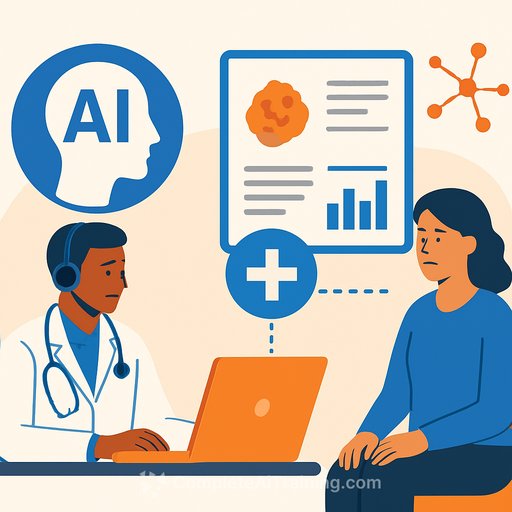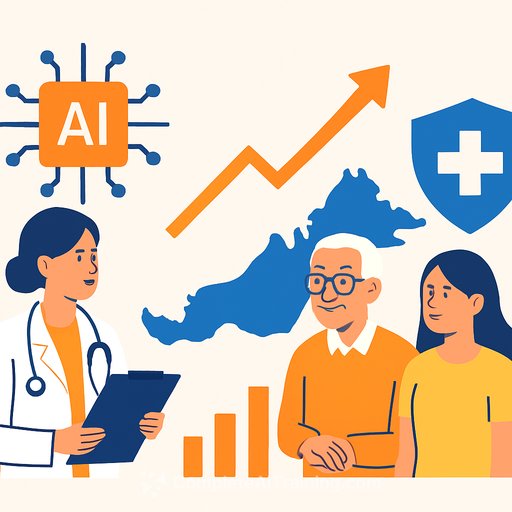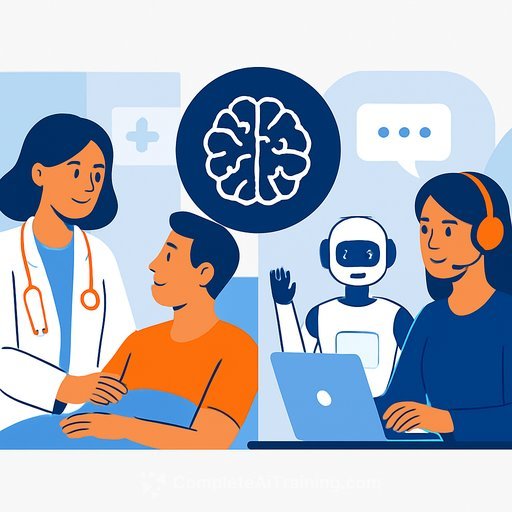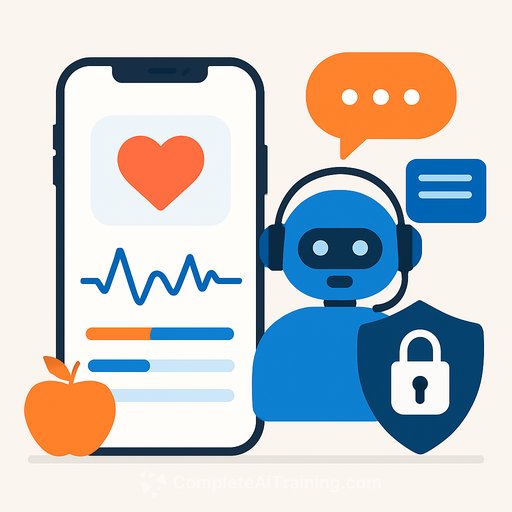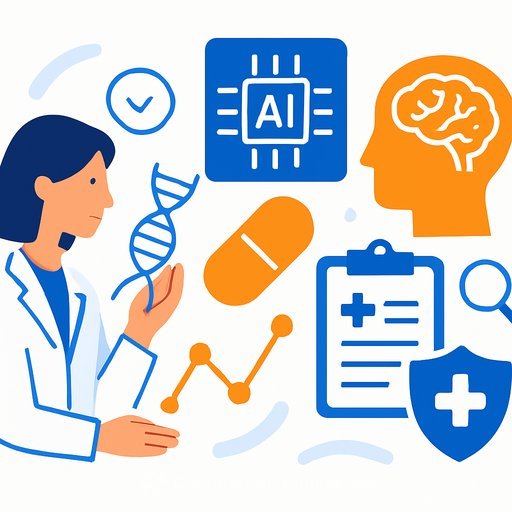The Widening Gap Between Healthcare Supply and Demand
The space between healthcare capacity and patient demand is growing. This isn't a future projection; it's a current reality straining the system. For specialized fields like oncology, the pressure is immense.
Patients are turning to general AI tools like ChatGPT for medical advice. This isn't a failure of the patient. It's a cry for help, signaling a breakdown in the front door of medical triage. The system is failing to provide timely, accessible guidance.
A New Front Door for Care
The tools to build a better system exist now. The solution is not more infrastructure, but a smarter process. It requires combining scalable AI with human clinical oversight for intelligent, context-aware triage.
Dan Nardi, CEO at Reimagine Care, has been highlighting this solution for years. His company is actively solving this problem for oncology clinics by merging their AI-based virtual assistant, Remi, with a remote clinical team in real time.
As a recent article in MedCity News pointed out, the concept is straightforward. A patient describes their symptoms to a conversational AI. The AI collects the history and identifies potential red flags. A physician then asynchronously reviews the case, accesses the patient's records, and directs them to the appropriate level of care.
Proven Impact in Oncology
This model moves beyond theory. Nardi confirms, "The impact is real, and we have data that proves it in multiple ways." Reimagine Care provides a workable front door for cancer care, demonstrating that the dots have been connected.
The value of this approach is recognized by clinical leaders on the ground. Douglas Flora, Executive Medical Director at the Yung Family Cancer Center and President-Elect of the Association of Cancer Care Centers, voiced his support.
"Well said, Dan Nardi," Flora stated. "Your national leadership in this conversation is important and appreciated! Keep pushing. Oncology needs solutions like yours... Patients need tools like yours to navigate these increasingly complex waters."
This combination of AI and expert oversight creates a clear path for patients, guiding them safely to self-care, primary care, urgent care, or emergency services. It allows clinical teams to focus their finite resources where they are most needed, addressing the critical gap between supply and demand.
Your membership also unlocks:

